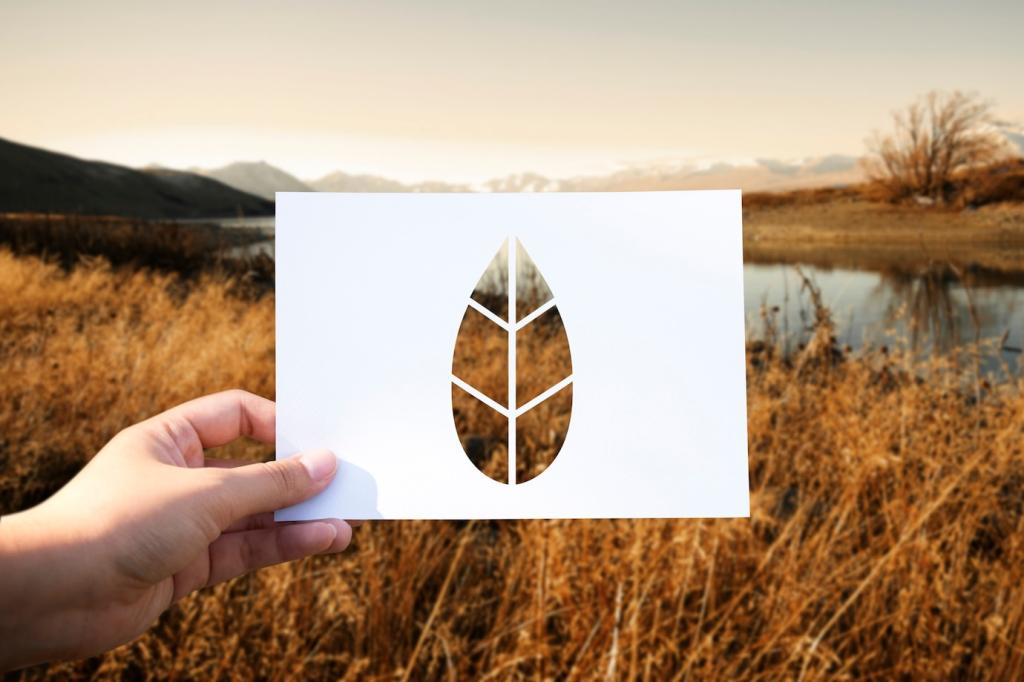Start with Site Sense: Reading Sun, Wind, and Water
Trace the sun’s seasonal arc, mark tall shadows, and note reflective surfaces that bounce light. Modern monocrystalline panels thrive around 20 percent efficiency, but your placement and tilt matter even more. Tell us your latitude in the comments, and we’ll suggest a starting tilt angle.
Start with Site Sense: Reading Sun, Wind, and Water
Flag flutters, wind roses, and that spot where leaves always skitter show where micro-turbulence forms. Shelter turbines behind hedges and walls that slow gusts but still admit laminar flow. Share your windiest corner and we’ll crowdsource siting tips.





